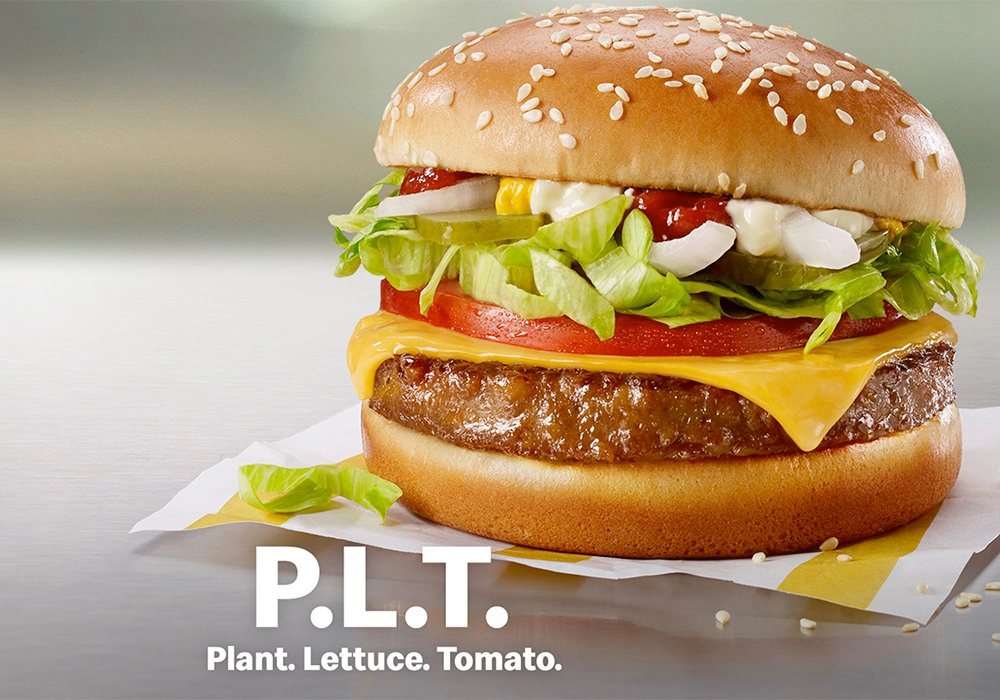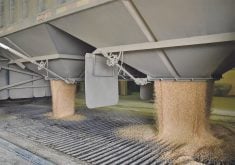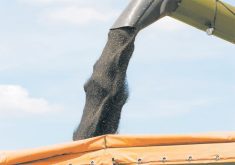Futurists and pundits often make compelling cases for how the agricultural world will unfold. Here are a half dozen instances where predictions have missed the mark or at least missed the expected time frame.
1. Remember a few years ago when plant-based meat substitutes were all the rage? Big investment dollars were betting on a meteoric expansion in fake meat consumption. Huge sums have been lost on that bet.
Maybe it was the taste profile or the cost or the long list of hard-to-pronounce ingredients. Whatever the reasons, the initial infatuation quickly faded. Plant-based meat isn’t a dead concept, but it is no longer seen as an immediate threat to beef, pork and poultry.
Read Also

Invigor Gold variety viewed as threat to condiment mustard
Invigor Gold, the canola-quality mustard developed by BASF, is on a collision course with Canada’s condiment mustard industry. It’s difficult to see how the two can co-exist.
2. About a decade ago, some of the big seed companies were predicting huge acreages of soybeans and grain corn across Western Canada. Genetic advances were about to make those crops profitable options over a wide geography.
Many producers tried soybeans, but they’ve only become an important cropping option in Manitoba, with a limited acreage in the southeast corner of Saskatchewan. Almost all the corn grown for grain is also confined to Manitoba.
Maybe corn and soybeans will eventually expand further, but it certainly doesn’t seem imminent.
3. Variable rate fertilizer applications have been possible for many years. While advancements make it increasingly viable, surveys indicate it’s only being used on 10 to 15 percent of cropped acreage. Some producers will argue that variable rate has become mainstream, but the numbers don’t support that assessment.
4. For years, future gazers have told audiences how swarms of small robotic equipment would handle field operations, replacing the big horsepower units. Autonomous equipment operation continues to advance, but equipment keeps getting larger.
The innovation receiving the most attention at the recent Agritechnica trade show in Germany was the new CR11 combine from New Holland boasting 775 horsepower. The only size limitation on equipment seems to be the ability to get machines down the road from one field to the next.
5. The use of glyphosate has long been under attack by activists with a sizable portion of the population believing the worst about the most widely used herbicide in the world. At times, it seemed that glyphosate’s days were numbered, but now the tide may be turning.
Members of the European Commission have argued long and hard over whether glyphosate should be banned. Common sense eventually prevailed and glyphosate will be approved for another 10 years, albeit with a few added restrictions.
Some countries may still find ways to have a de facto ban and a number of food companies require no glyphosate use on the grains they purchase. As well, some American lawsuits continue to be successful with claimants blaming glyphosate for their cancer.
But the European acceptance is a big deal. A ban in Europe would have led to a lowering of the Maximum Residue Limits on all imported grains, so it would have had far-reaching trade ramifications.
It seems that even Europe recognizes that glyphosate leads to reduced tillage, which means fewer greenhouse gas emissions.
6. Once seen as permanent and ever-increasing, the future of the carbon tax in this country now seems tenuous. Bill-234, which would exempt propane and natural gas from the carbon tax when used for heating and cooling barns and for grain drying, has become a flashpoint after the government made a carve out for heating oil to appease Atlantic Canada.
Few political pundits predicted this altered landscape.
Kevin Hursh is an agricultural journalist, consultant and farmer. He can be reached by e-mail at kevin@hursh.ca.
















